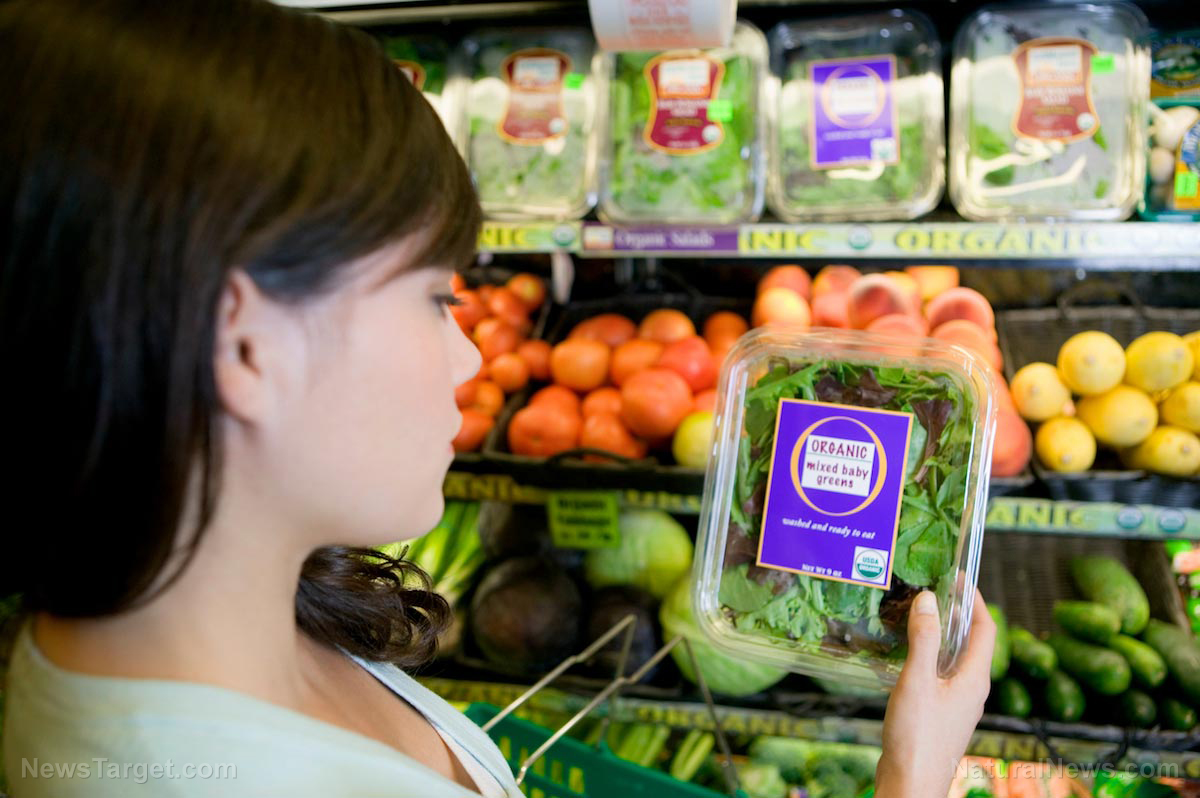The demand for healthy food, especially organic, has grown by leaps and bounds over the past 30-plus years. Back in 1990, Americans spent only about $1 billion dollars on organic produce, but pay it forward to 2023, and that expenditure jumped to $64 billion dollars. Of course, many processed foods that carry the label organic still contain loads of sugar, canola oil and other health-tainting ingredients, but organic whole foods are definitely the way to shop. Avoiding chemical pesticides and health-decimating herbicides (think glyphosate here) have become a top priority for natural health advocates around the globe.
Plus, with the boom of the internet, phenomenal recipes that are easy to follow are everywhere, including DIY videos on YouTube, so getting creative with healthy ingredients is much easier than it used to be. You may be quite familiar with many or most of these simple rules of thumb when shopping for healthy food, but it’s easy to forget them when you’re in a rush or shopping hungry. It’s best to eat a healthy meal or healthy snack before you go grocery shopping, to stave off those junk food cravings and the urge to buy some processed, easy food stuff that wrecks your gut, your energy, and your clear thinking.
We bring you 10 health basics as a reminder and quick shopping guide to making the most out of every grocery run – take a picture
#1. If you can’t pronounce the ingredients, put the item back.
#2. If the list of ingredients is a mile long, don’t buy the product.
#3. If the product is advertised on television, forget about it (only huge corporations that cut corners on quality and adulterate food products can afford tv ad campaigns).
#4. If it contains canola oil, set it down (canola coagulates in the body and causes memory loss, rapid weight gain, and cancer over time).
#5. If the item is processed and prepared already, like at a food bar, and does not list the ingredients, don’t even think about it (think chicken salad, potato salad, coleslaw, etc.).
#6. If the fish label says “farm raised” that means Big Food most likely shot it up with hormones to make it bigger and antibiotics to stave off infection in the crowded tanks.
#7. Locally grown produce is usually clean, free from chemical pesticides and herbicides, especially at farmers’ markets where you can ask questions to the growers and their methods to be sure.
#8. Recipe shop – if you find products where the picture looks delicious, but the ingredients contain poor choices, take a picture of it and the ingredients (recipe), and buy all the healthy ingredients and make it yourself, but substituting healthy choices for the bad stuff.
#9. The term “All Natural” and “Natural” only limits artificial ingredients, but the product can still contain pesticides and GMOs, according to the FDA and USDA.
#10. For many of the “dirty dozen” fruits and vegetables, look for “Greenhouse Grown” or “Certified Organic” as these foods easily absorb pesticides you can’t simply wash off.
The Dirty Dozen is a list of the 12 non-organic vegetables and fruits highest in pesticide residue
The Environmental Working Group tests many kinds of produce for pesticide residues, including neurotoxic insecticide that is highly toxic to animals, including humans. Conventional strawberries top the dirty dozen list, often containing 10 or more different pesticide residues. These can soak into the strawberries because of their porous outer surface, so washing them off first doesn’t do a whole lot of good.
Up to 85 percent of leafy greens, including kale, mustard, collard, and spinach, contain pesticides and insecticides that are considered neurotoxic to the body. Peaches, pears, nectarines, apples, grapes, cherries and blueberries are all fruits you should stick with “certified organic” every time in order to avoid pesticides that destroy good gut bacteria and can lead to IBS, headaches, fatigue, brain fog, compromised immune function and eventually dementia. Sweet bell peppers, hot peppers and green beans round out the dirty dozen list.
Tune your food news frequency to FoodSupply.news and get updates on healthy food choices that fuel sustainability and long-term excellent health.
Sources for this article include:
Sites.UTexas.edu
NaturalNews.com
Healthline.com
Read full article here


